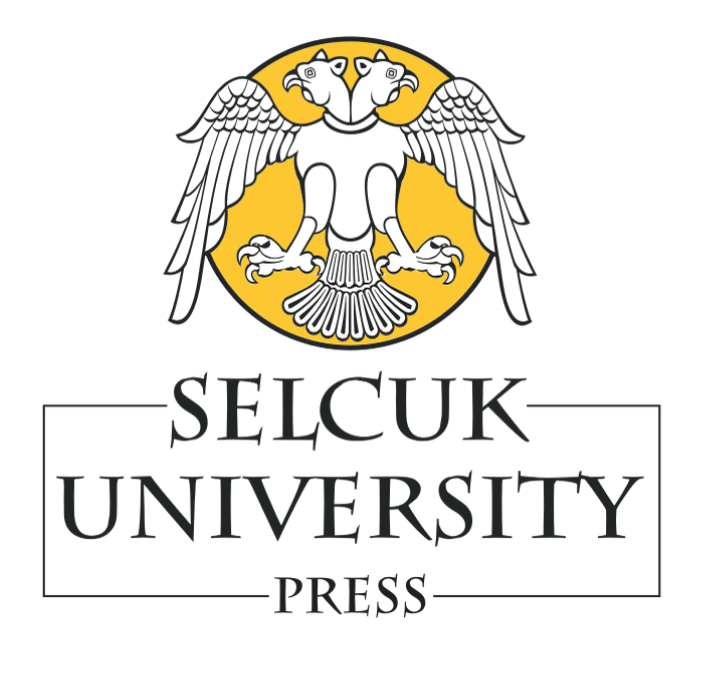| 2021, Cilt 37, Sayı 2, Sayfa(lar) 062-070 |
| [ Türkçe Özet ] [ PDF ] [ Benzer Makaleler ] |
| Investigation of the histopathological effects of increasing amounts of peppermint oil (Mentha piperita) added to quail (Coturnix coturnix japonica) feed as a growth promoter on liver |
| Mustafa Ünal Boyraz1, Muhammet Bahaeddin Dörtbudak2, Besime Daş3, Akın Yiğin4, Mehmet Şevki Çadırcı5, Aydın Daş6 |
| 1Harran Üniversitesi Veteriner Fakültesi Histoloji ve Embriyoloji Anabilim Dalı, Şanlıurfa, Türkiye 2Bingöl Üniversitesi Veteriner Fakültesi Patoloji Anabilim Dalı, Bingöl, Türkiye 3Harran Üniversitesi Veteriner Fakültesi Hayvan Besleme ve Beslenme Hastalıkları Anabilim Dalı, Şanlıurfa, Türkiye 4Harran Üniversitesi Veteriner Fakültesi Genetik Anabilim Dalı, Şanlıurfa, Türkiye 5Harran Üniversitesi Sağlık Bilimleri Enstitüsü Fizyoloji Anabilim Dalı, Şanlıurfa, Türkiye 6Harran Üniversitesi Veteriner Fakültesi, Zootekni Anabilim Dalı, Şanlıurfa, Türkiye |
| Keywords: Peppermint (Mentha) oil, quail liver histology, fatty liver |
| Downloaded:1046 - Viewed: 2635 |
|
Aim: In the present study, peppermint oil was added to the ration of Japanese
quail (Coturnix coturnix japonica) and it was aimed to shed light on
similar studies in the future by examining its effect on liver tissue by light
microscopy.
Materials and Methods: In the study, 10-day old, 40 Japanese quails were used. There were 4 groups of 10 chicks, each with 5 males and 5 females. Groups; Control group 0.3% sunflower oil (SO)+0.0% peppermint oil (PO), the other three groups 0.2% (SO) +0.1% (PO); 0.1% (SO)+ 0.2% (PO) and 0.0% (SO)+0.3% (PO). Created by adding oil ad libitum. From the paraffin blocks prepared by routine tissue follow-up from the liver, sections were taken with a rotary microtome. Hematoxylin-Eosin stained preparations were examined under a light microscope. Results: The lobule structure divided by the septum interlobaris was not seen in the liver. A small amount of inter lobuler interstitium and consequently the triple structure (trias hepatica) expected to coexist in the hepatic lobes, contrary to what is known, was scattered. It was observed that simple hepatosteatosis occurred in parallel with the increasing fat ratio in the diet. Conclusion: It has been observed that peppermint oil, which contributes to increase the yield by increasing protein synthesis and feed utilization, as well as providing a healthy breeding opportunity with its antimicrobial and immunomodulatory effect, should be given at an appropriate dose in order to benefit from these positive properties. |
| [ Türkçe Özet ] [ PDF ] [ Benzer Makaleler ] |





